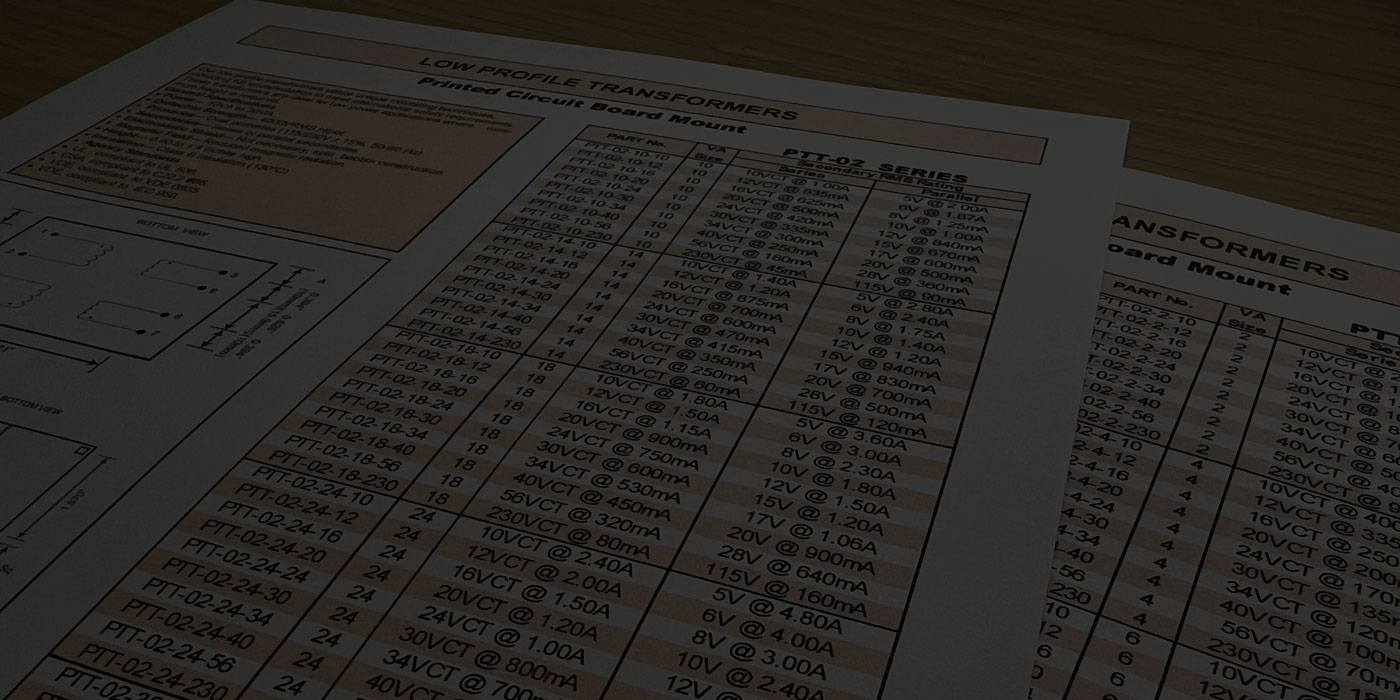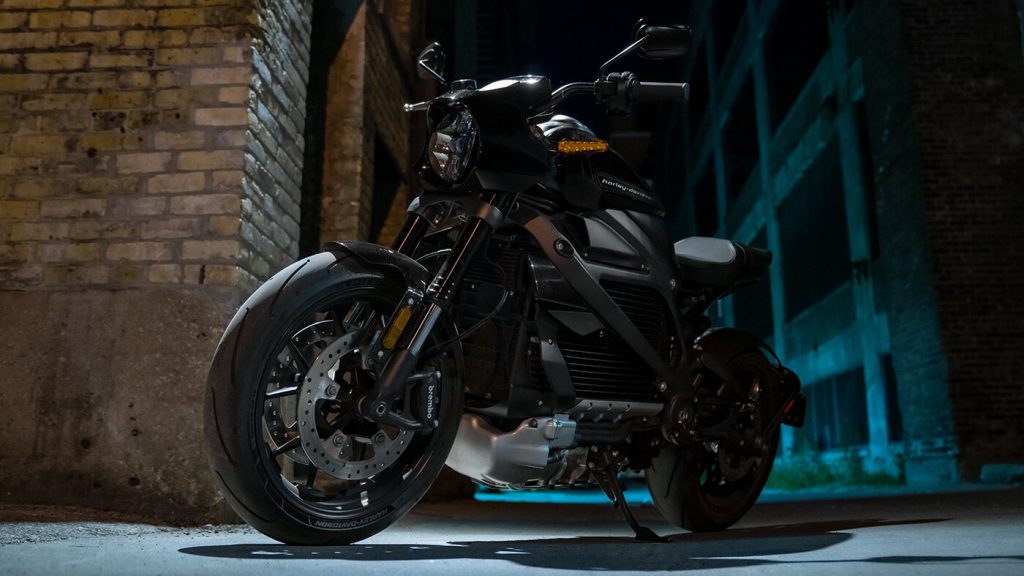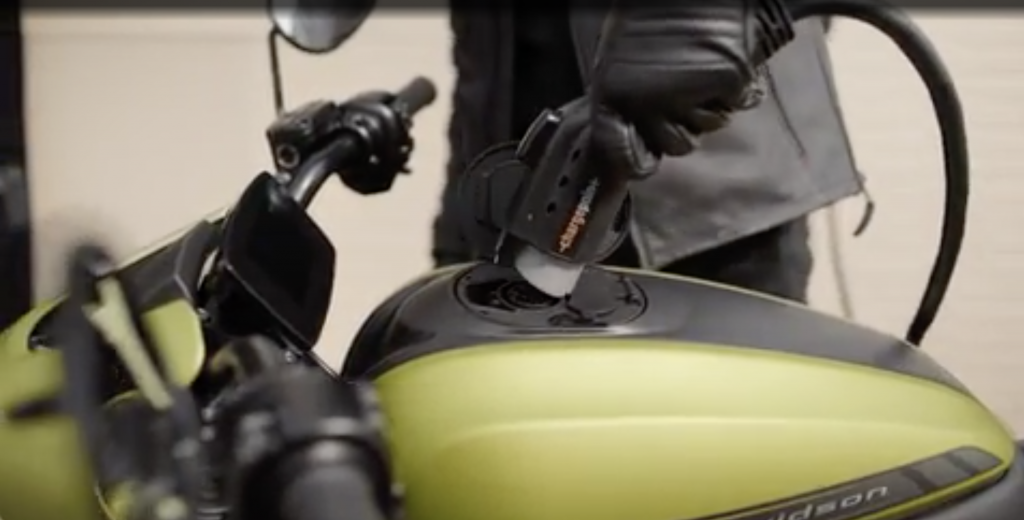What do The Rolling Stones, Paul Simon, David Bowie, Queen, Elton John, The Doors, Deep Purple, Genesis, and The Beatles all have in common (besides being musical icons)? They all have made records that were recorded on a Sound Techniques analog console. The list of albums recorded on their equipment reads more like a list of the world’s greatest albums: Space Oddity, The White Album, Yellow Submarine, Goodbye Yellow Brick Road, All Things Must Pass, Sweet Baby James, Led Zeppelin II and IV, Sticky Fingers, Are You Experienced and dozens of others! These consoles defined the sound of a generation. With that sort of history, you would think the company would have risen to astronomical heights and become a powerhouse in the music industry the likes of Fender. However, in 1974, Sound Techniques decided to cease operations. From 1967 to 1974, only a dozen of these hand-built consoles were built, and sadly, most were dismantled during the digital revolution of the 1980s with only a few input modules scattered around the world remaining. Engineer and producer Ken Scott, who worked with The Beatles, Bowie and so many others on the desk, told an interviewer a couple of years ago, “The most amazing array of albums were done through a Sound Techniques board, and no one knows it.”
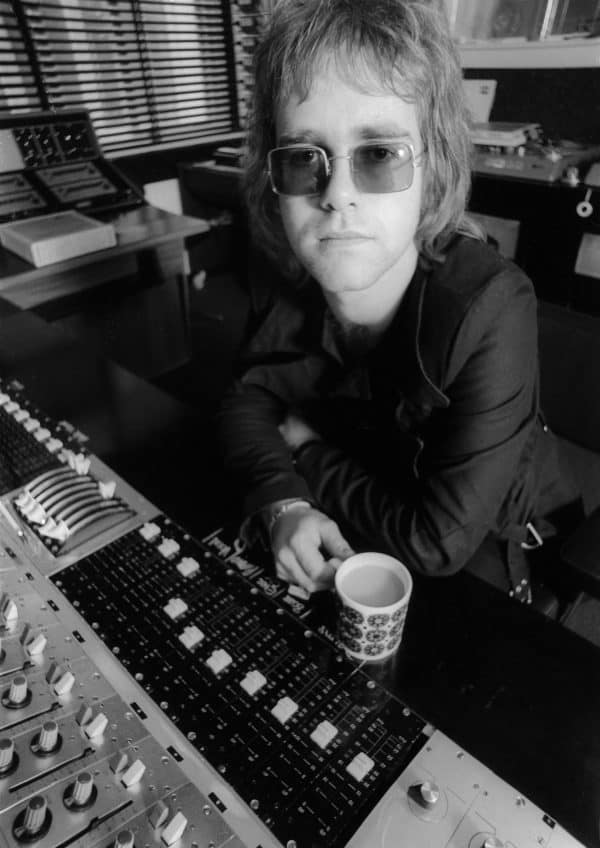
Like classic cars, motorcycles, and record players, vintage musical equipment has recently come back into fashion. Recording on vintage consoles has become extremely popular with artists and producers trying to capture the magic, mojo, and tone when rock n roll came of age. This renewed interest in the old analog equipment has spurred dozens of vintage product resurrections including the famed Sound Technique “TG” analog console. In 2015, U.S. studio owner and English console aficionado Danny White and partners acquired the company and the associated intellectual property directly from the founder of Sound Technique. White and his team re-engineered all the mechanical aspects of the desk while producing a faithful, modern reproduction known as the “ZR.” No stone was left unturned. White even purchased the Painton and Ernst brands, the original suppliers of the deck’s faders and meters which contributed to the console’s vintage aesthetic.
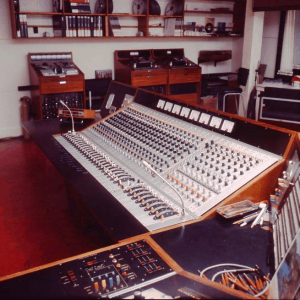
Sound Technique collaborated with famed engineer Graham Milnes to assist in reproducing the console. One of Milnes’ first tasks was to reverse engineer and replicate the Sound Techniques console’s original transformers. For that task, Milnes turned to Pacific Transformer to assist in the development of the vintage reproductions. “We ascertained that the core material of the output transformer was 50 percent nickel laminate, and we found the gauge of the wire,” says Milnes. “We were able to ascertain all the parameters—the turns ratios, impedances, gain through the transformer—from the original transformers. And by doing comparative tests between the old and the new we got virtually identical results; we were very pleased with that.”
The result of all this painstaking work is a truly special piece of equipment. The new ZR console has received rave reviews from several publications such as Mix and, Sound on Sound magazines. Engineers, producers, and artists around the world are outfitting their studios including the famed London studio, Sleeper Sounds. “I absolutely love it! It’s very versatile, allowing us to work in many different ways that we weren’t able to before. It’s been the perfect new addition to Sleeper. The TG definitely left big shoes to fill for the new console, but the Sound Techniques has more than beat our expectations. It’s super punchy, super detailed, and has a lovely color/character to it. From the impedance matched gain to help get the best sound from your mic of choice to the EQ section, it’s incredible, with a nice pultec style boost & cut in the low end. The bus compressor is great, as well as the ability to run the desk split or inline, there’s even more neat little features I enjoy, even down to the satisfying knobs and switches. Not one thing was overlooked in the design of this console”. -Assistant Engineer Claude Vause, Sleeper Sounds Studio, London
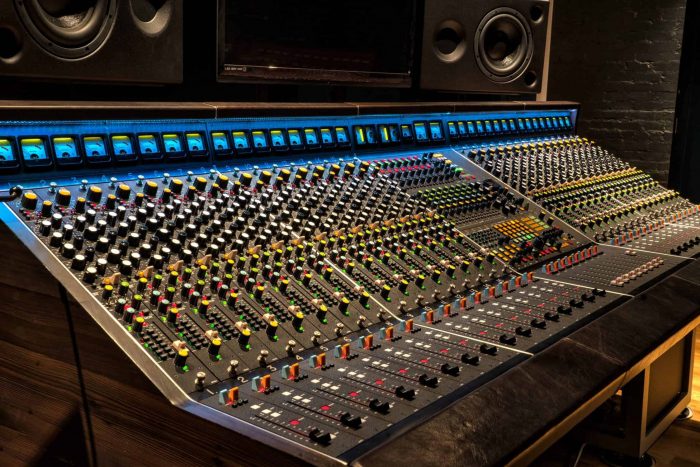
We were thrilled to be a part of such an amazing project and look forward to hearing the next generation of classic albums that the ZR will surely help shape.
To learn more about the Sound Techniques ZR console, check out their website: https://soundtechniques.com/gear/

